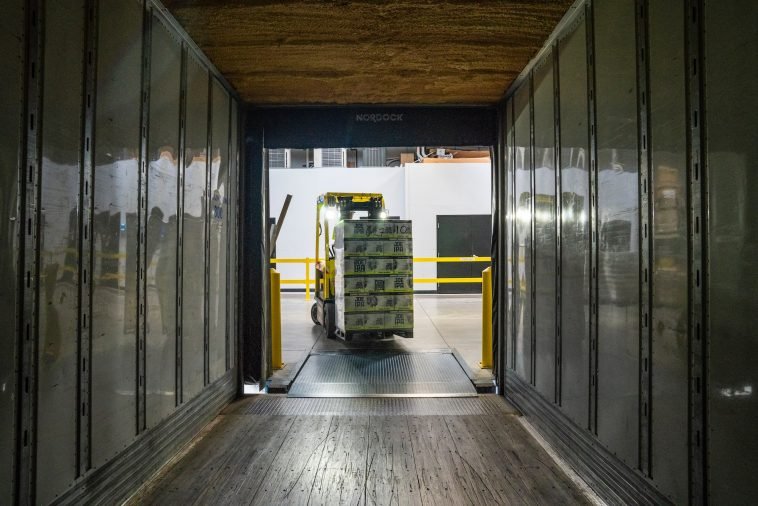Introduction.
Setting up a dropshipping business can seem overwhelming at first, especially if you’re not tech-savvy or just starting.
But with platforms like WordPress and plugins such as WooCommerce, it’s more accessible than ever to dive into the world of e-commerce without having to worry about inventory or shipping logistics.
In this guide, I’ll walk you through everything you need to know about starting a dropshipping business using WordPress.
How Do I Start a Dropshipping Business With a WordPress Site?
Here is how to start a dropshipping business with a WordPress site.
1. Pick a Niche.
The first step is choosing the right niche. You’ll want something you’re interested in and has a demand in the market.
Tools like Google Trends, or even checking out competitors on platforms like Amazon and eBay, can help you spot trends. Narrowing down your audience makes marketing easier, too.
2. Set Up a WordPress Site.
If you don’t have a WordPress site yet, you’ll need one. Start by purchasing a domain name and web hosting.
Providers like Bluehost or SiteGround often offer one-click WordPress installations. Once installed, pick a theme that suits your niche and start customizing your site.
3. Install WooCommerce.
WooCommerce is a free plugin that transforms your WordPress site into a fully functional e-commerce store.
You’ll need it to handle product listings, checkout processes, and payments. It’s super easy to set up, and you can add different payment gateways like Stripe or PayPal.
4. Find a Dropshipping Supplier.
This step is crucial. Popular suppliers include AliExpress, Oberlo, and Spocket. These platforms make it easy to import products directly to your WooCommerce store and automate the fulfilment process. Choose suppliers with good reviews, reliable shipping, and fair pricing.
5. Add Products to Your Store.
Once you’ve connected your dropshipping supplier, it’s time to add products. Take the time to write unique product descriptions, and make sure to add high-quality images (most suppliers provide them).
Avoid the temptation of copying and pasting descriptions directly from your supplier – original content helps with SEO.
6. Configure Shipping and Taxes.
WooCommerce will guide you through setting up shipping rates and handling taxes, but since dropshipping means your supplier is often in a different location than you, you’ll want to ensure the shipping settings are accurate. Look into different tax regulations depending on your location and your customers’ locations.
7. Promote Your Store.
Now that your store is live, it’s time to drive traffic. Focus on marketing strategies such as social media ads, content marketing, and SEO.
Facebook Ads and Google Ads can help generate initial traffic, while an optimized blog can bring in organic traffic in the long term.
Pros and Cons of Running a Dropshipping Business with WordPress
Here are the pros and cons of running a dropshipping business with WordPress.
Pros:
- Low Cost of Entry: You can start with a minimal upfront investment since you’re not purchasing inventory or worrying about storage.
- Flexibility: It’s easy to scale your store, add products, or pivot niches without major expenses.
- WordPress Customizability: WordPress allows you to design and optimize your site exactly how you want. It’s much more customizable than platforms like Shopify.
- Automated Process: With plugins like WooCommerce and supplier integrations, much of the process (from importing products to fulfilling orders) can be automated.
Cons:
- Competition: Since the barrier to entry is low, competition can be fierce. This makes marketing and standing out from the crowd a challenge.
- Shipping Times: When sourcing from suppliers, especially overseas (think AliExpress), shipping times can be long. Customers may not appreciate waiting weeks for their order.
- Quality Control: Since you don’t handle the product directly, ensuring consistent quality is tricky. You rely entirely on your supplier’s integrity.
- Technical Learning Curve: WordPress, while flexible, isn’t the easiest to use for beginners. Plugins, updates, and technical glitches can be overwhelming.
Conclusion.
Starting a dropshipping business with WordPress is a fantastic option if you’re looking for flexibility, customizability, and low startup costs.
With the right plugins and suppliers, you can build a successful e-commerce store without the headaches of traditional retail.
However, the competitive nature of dropshipping and the technical nuances of WordPress can pose challenges.
The real question is: Are you ready to handle the competition and technical hurdles for the potential rewards?





GIPHY App Key not set. Please check settings